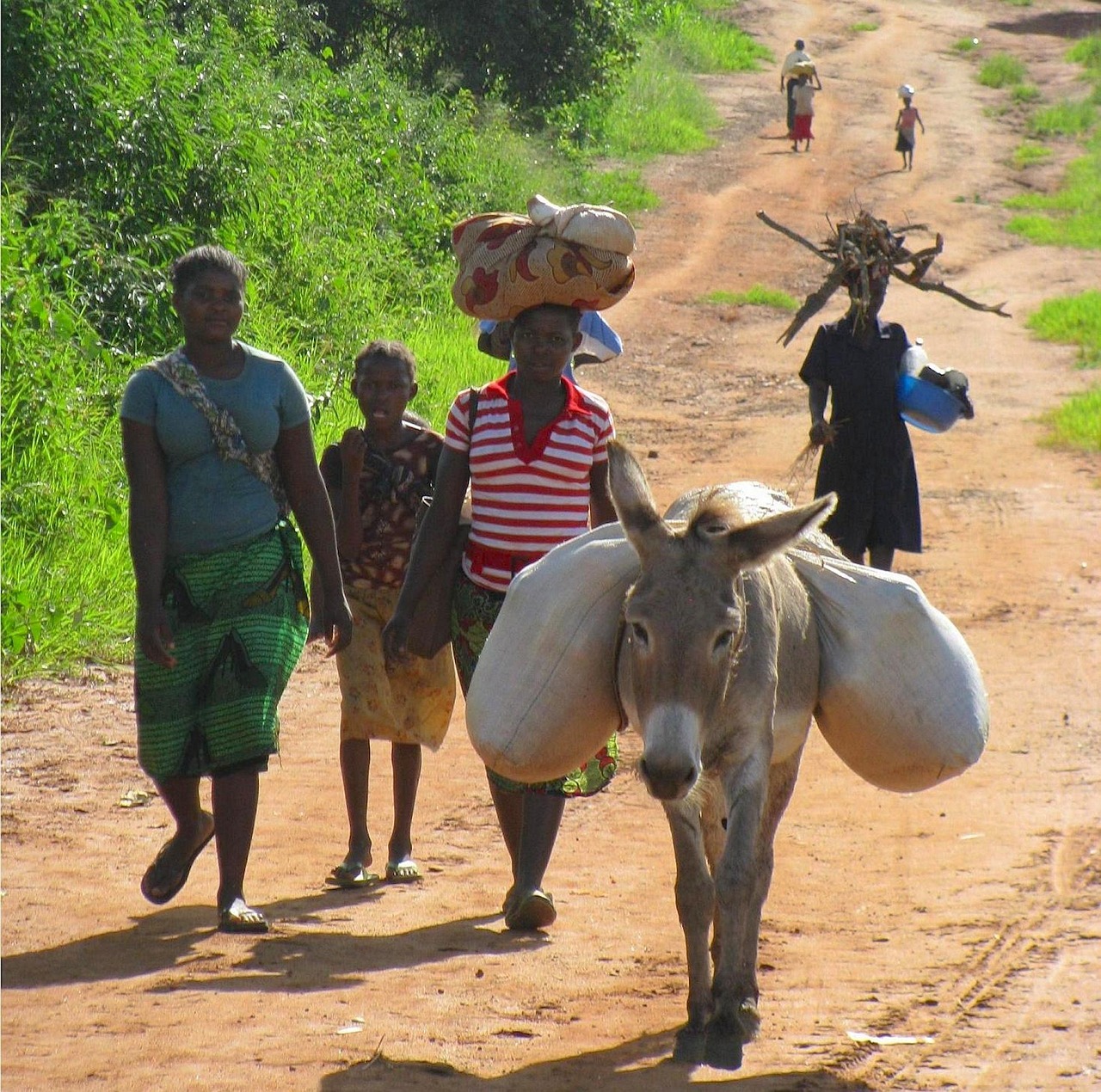 Mozambique, located in South East Africa with a population of 30 million people, has seen progress in reducing poverty. The poverty rate fell from 70% in 1996-1997 to 46.1% in 2014-2015. However, the rapid population growth has counteracted this improvement, leaving the absolute number of people in poverty relatively unchanged.
Mozambique, located in South East Africa with a population of 30 million people, has seen progress in reducing poverty. The poverty rate fell from 70% in 1996-1997 to 46.1% in 2014-2015. However, the rapid population growth has counteracted this improvement, leaving the absolute number of people in poverty relatively unchanged.
Notably, poverty has a more significant impact on women in Mozambique compared to men. Women face distinct challenges, with one of the most pressing issues being the management of menstruation due to their limited incomes.
The international poverty line is set at $2.15 per person per day, implying that a large part of the world is unable to fulfill basic needs related to nutritional and health security. Many women in developing countries find it exceedingly difficult to allocate their income to period management in the face of dietary and familial needs. In such a situation, the health and well-being of countless women are jeopardized due to an inability to access underwear, sanitary pads and soap. Menstruation in Mozambique continues to remain a severe challenge for poor women and young girls.
Need for Improvement
According to a 2021 research paper, less than 20% of schools across Africa (including Mozambique) provide basic services such as sex-separate facilities, water supply, doors with a lock and waste disposal bins, indicating the severe need for improvement.
The COVID-19 pandemic further exacerbated the problems associated with menstruation in Mozambique. Because of falling income and output, many women could no longer practice safe and hygienic menstrual management. The government supplied “dignity kits” in response to the problem. Such kits include washable menstruation pads, underwear, whistles and lights that help women suffering from period poverty.
“Fátima Hassan, a 16-year-old teenager, fled…to Pemba City with her mother to escape from violent attacks. Now living in a safe place, she was one of 300 women and girls who took part in a COVID-19 prevention and control session and received a female ‘dignity kit,’” UNFPA reports.
Between April 2019 and May 2020, the government of Mozambique and UNFPA distributed more than 16,500 dignity kits. Recent data from refugee camps in several low-income countries show a more satisfactory level in terms of performance. Most women reported being satisfied with the menstrual services and physical facilities in Mozambique and Iraq. At the same time, less than half of the females in refugee camps in Cameroon, Malawi and South Sudan could say the same.
However, the divides between women and men still loom large in the nation’s fight against poverty.
For example, The National District Development Fund in Niassa was an important source for financing and investment in rural projects and initiatives. In allocating the funds, the project prioritized “agriculture rather than businesses, women rather than men and associations rather than individuals.” However, with time authorities were directing the scheme toward men and businesses, losing the rural and female-oriented focus.
Helvetas Mozambique
Helvetas Mozambique has been operating in Mozambique since 1979. Its focus has been on the northern region with a special focus on rural issues. The organization’s work includes building wells and increasing access to potable clean water for the local communities as well as improving agricultural efficiency and output.
The IDP Wash Project began through the efforts of Helvetas Mozambique. With support from UNICEF, the IDP Wash project spans across 11 communities in Cabo Delgado’s Ancuabe district, focusing on enhancing access to safe water, and sanitation and promoting hygiene in the well-being of the population.
In late 2021, the Marrupa host community witnessed the establishment of its first-ever water infrastructure—a concrete tower housing a 10,000-liter tank, powered by solar panels. This significant development, benefiting more than two thousand families, marks a collaborative effort toward sustainability, with the community pledging to maintain the system through contributions determined in upcoming Water Supply Committee meetings.
Looking Ahead
Menstruation in Mozambique is still a taboo subject. Continuing government efforts to provide dignity kits alongside more awareness could reduce the stigma surrounding menstruation in the country.
– Udyan Negi
Photo: Pixabay
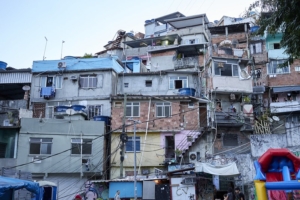
 Decades of international relief efforts and humanitarian aid helped result in a mine-free Mozambique. The country had been “
Decades of international relief efforts and humanitarian aid helped result in a mine-free Mozambique. The country had been “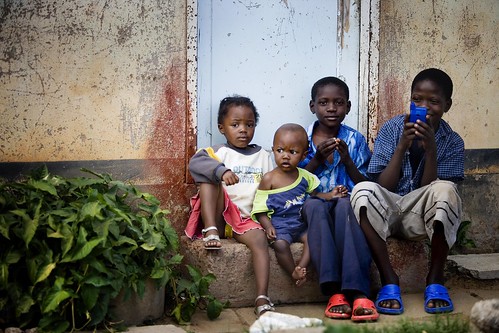 Healthcare in sub-Saharan Africa has a direct impact on poverty in the region. When adults are too ill to work, they and their children can quickly fall into extreme poverty, which leads to hunger and malnutrition. Around 46% of Africa’s population lives on
Healthcare in sub-Saharan Africa has a direct impact on poverty in the region. When adults are too ill to work, they and their children can quickly fall into extreme poverty, which leads to hunger and malnutrition. Around 46% of Africa’s population lives on 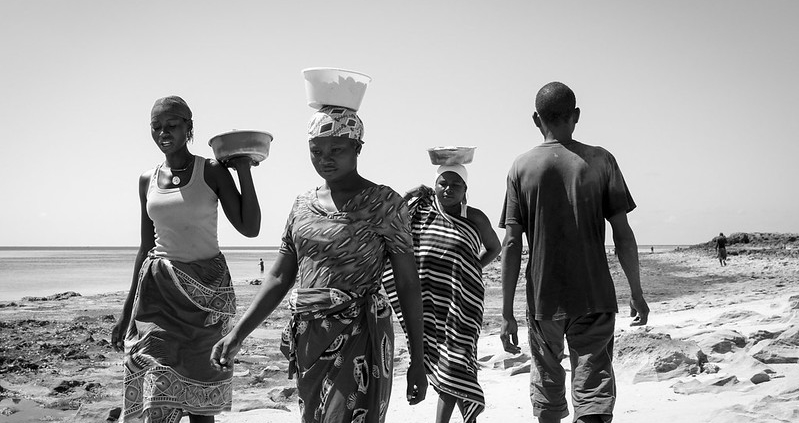 Located on the southeastern coast of Africa, Mozambique is home to approximately 29.5 million Mozambicans. With a 52% female and 48% male population growing at a rate of 2.5%, high child mortality rates, increased 12.6% HIV prevalence, low life expectancy and low literacy rates, Mozambique is struggling with most of the U.N.’s Sustainable Development Goals (SDG). Mozambique ranks 136 of the 162 countries
Located on the southeastern coast of Africa, Mozambique is home to approximately 29.5 million Mozambicans. With a 52% female and 48% male population growing at a rate of 2.5%, high child mortality rates, increased 12.6% HIV prevalence, low life expectancy and low literacy rates, Mozambique is struggling with most of the U.N.’s Sustainable Development Goals (SDG). Mozambique ranks 136 of the 162 countries 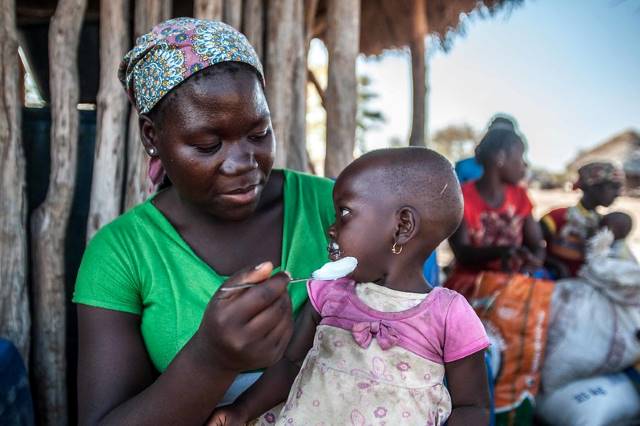 The state of healthcare in Mozambique has drastically changed in the last few decades. While Mozambique was once a country with little access to healthcare services, the country has decreased mortality rates since the launch of its
The state of healthcare in Mozambique has drastically changed in the last few decades. While Mozambique was once a country with little access to healthcare services, the country has decreased mortality rates since the launch of its 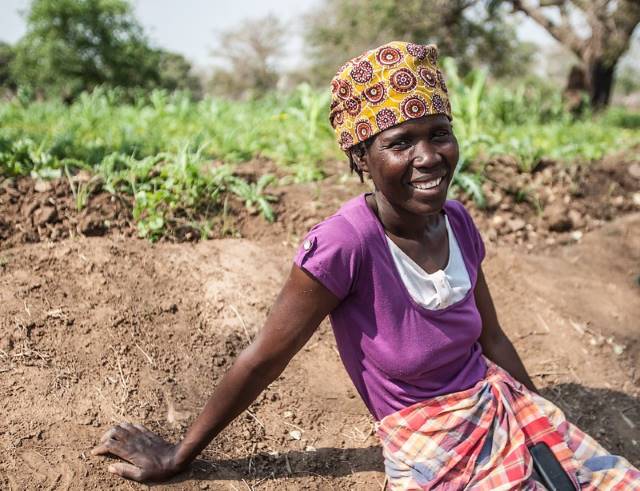 The country of Mozambique, located in southern Africa, has
The country of Mozambique, located in southern Africa, has 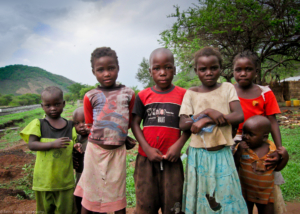 By now, most of the world has put some form of social containment measures into place for COVID-19. Unfortunately, it has had a negative reversal effect on the progress of economic globalization. Mozambique is a place with an abundance of natural resources. However, it is still one of the poorest countries in the world. An opportunity has now presented itself after the DFC (U.S. International Development Finance Corporation) recently approved two substantially large natural gas projects in Mozambique.
By now, most of the world has put some form of social containment measures into place for COVID-19. Unfortunately, it has had a negative reversal effect on the progress of economic globalization. Mozambique is a place with an abundance of natural resources. However, it is still one of the poorest countries in the world. An opportunity has now presented itself after the DFC (U.S. International Development Finance Corporation) recently approved two substantially large natural gas projects in Mozambique.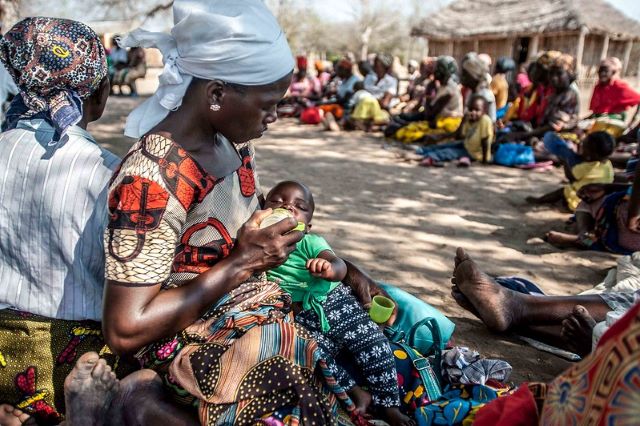 The provision of foreign aid from the United States serves as a multifaceted solution and preventative measure to many issues that ultimately impact the United States. In assisting with the development of under-resourced countries and those afflicted by natural disasters and conflict, the country’s interest in strengthening U.S. eminence in the global political ecosystem is served, as is the initiative to foster and stabilize democracies that are essential in maintaining global peace. Mozambique is one such country that receives aid from the United States. Nearly half of the population lives in poverty and while having managed to combat that statistic with an
The provision of foreign aid from the United States serves as a multifaceted solution and preventative measure to many issues that ultimately impact the United States. In assisting with the development of under-resourced countries and those afflicted by natural disasters and conflict, the country’s interest in strengthening U.S. eminence in the global political ecosystem is served, as is the initiative to foster and stabilize democracies that are essential in maintaining global peace. Mozambique is one such country that receives aid from the United States. Nearly half of the population lives in poverty and while having managed to combat that statistic with an 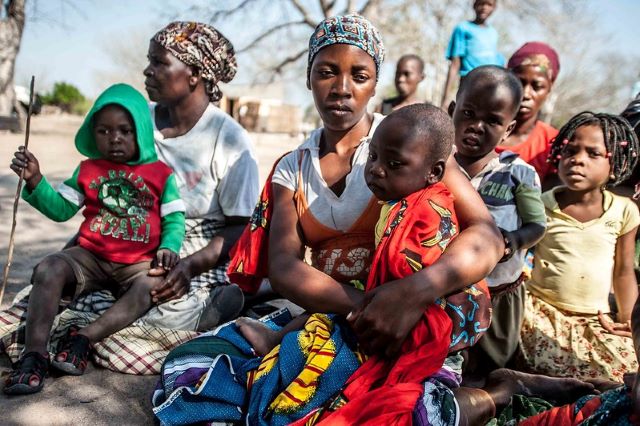 On September 9, 2020, the
On September 9, 2020, the 